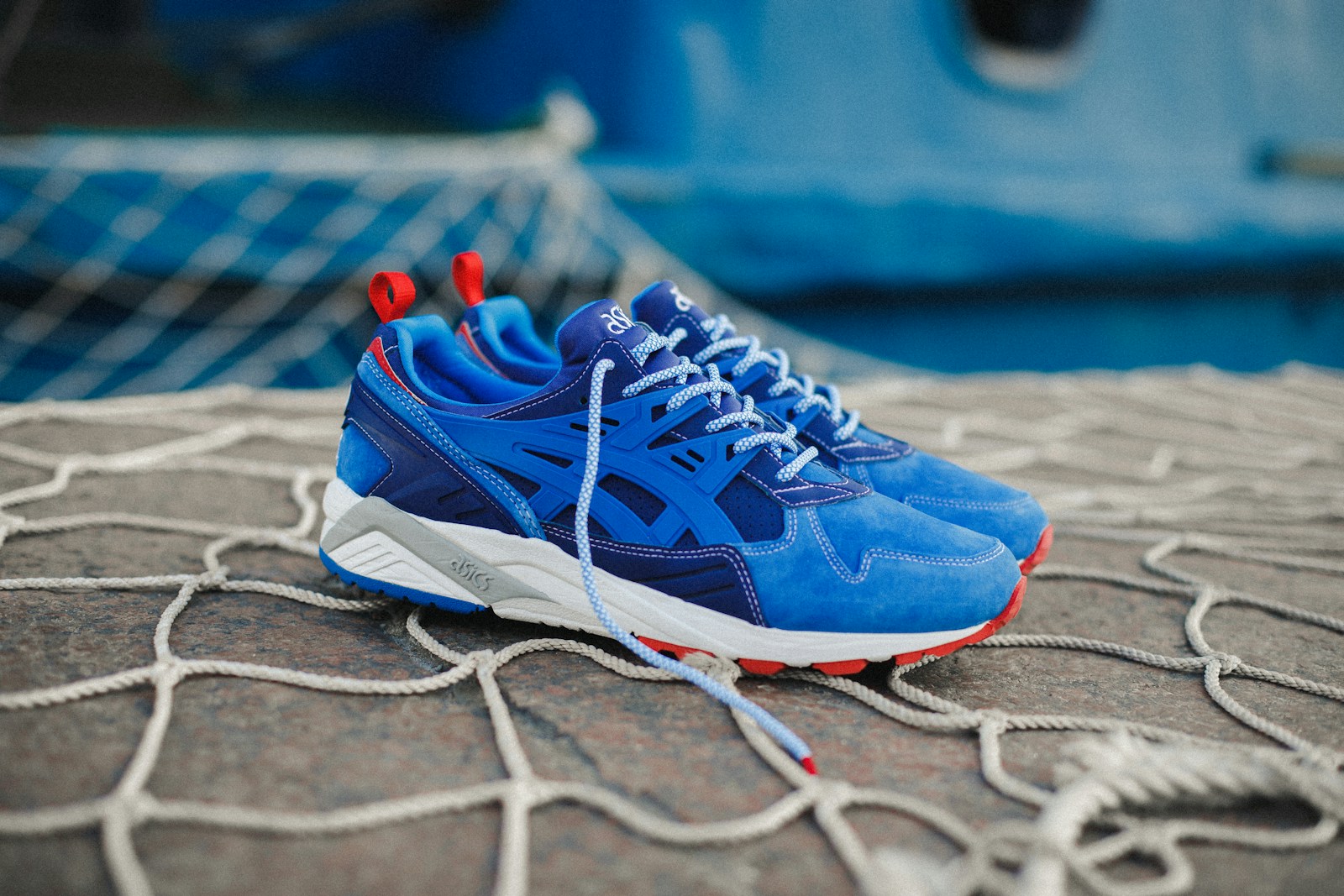Shin splints aren’t just an annoyance—they’re a warning sign from your body. Whether you’re a dedicated runner, weekend walker, or someone who spends hours standing, that sharp, aching pain along your shinbone (technically, medial tibial stress syndrome) means your lower legs are under too much stress. But here’s the good news: choosing the right shoes or support gear can significantly reduce that strain and help you recover faster.
Recent research from sports medicine experts shows that most shin splints stem from overuse, poor biomechanics, or wearing inappropriate footwear. The right shoes act like shock absorbers—reducing the repetitive stress on your tibia and surrounding muscles with every step. Proper cushioning, arch support, heel control, and even the structure of the insole can help your legs function more efficiently and pain-free.
Let’s break down what really matters when choosing footwear (or gear) to fight shin splints—and show you the top-rated products available right now on Amazon.
What to Look for in Shin Splint Relief Shoes
- Cushioning & Shock Absorption: Look for midsoles with materials like EVA foam or GEL technology. These reduce impact forces as your foot hits the ground.
- Arch Support: People with flat feet or high arches are at higher risk. Choose shoes that match your foot anatomy.
- Stability vs. Neutral: Overpronators (inward-rolling feet) should pick stability shoes with medial support. High-arched runners typically benefit from neutral shoes.
- Heel Drop & Design: A slightly higher heel drop can offload tension from the shin. Zero-drop shoes promote natural posture but should be eased into carefully.
- Fit: A shoe too tight or too loose can worsen shin pain. Always leave a thumb’s width between your toe and the front of the shoe.
Expert-Recommended Gear for Shin Splints
Here are the best Amazon-rated shoes, insoles, and support gear to prevent and treat shin splints. We included top-reviewed items across various categories—from running shoes and orthotics to ice packs and compression sleeves.
| Ranking | Shoe Name | Price |
|---|---|---|
| 1 | ASICS Gel-Contend 8 | Click For Price |
| 2 | Dr. Scholl’s Run Active Insoles | Click For Price |
| 3 | Fittest Pro Shin Splint Ice Pack | Click For Price |
| 4 | Run Forever Compression Sleeves | Click For Price |
| 5 | Bodyprox Calf Support Brace | Click For Price |
| 6 | BODYPROX Shin Splint Ice Pack | Click For Price |
| 7 | WHITIN Zero Drop Running Shoes | Click For Price |
| 8 | Dr. Scholl’s Running Insoles | Click For Price |
| 9 | BLITZU Calf Compression Sleeves | Click For Price |
| 10 | PowerStep UltraFlexx Foot Rocker | Click For Price |
| 11 | ASICS GEL-Excite 10 Sneaker | Click For Price |
| 12 | VALSOLE Heavy Duty Orthotics | Click For Price |
| 13 | Brooks Ghost 16 Running Shoes | Click For Price |
| 14 | ASICS Gel-Venture 9 | Click For Price |
| 15 | JSHshield Arch Support Insoles | Click For Price |
Bonus Tips for Shin Splint Relief
- Replace Shoes Regularly: Running shoes typically wear out after 300–500 miles. Worn midsoles lose shock absorption and may aggravate shin pain.
- Cross-Training Helps: Swimming, cycling, or using an elliptical can maintain fitness without overloading your shins.
- Use R.I.C.E.: Rest, Ice, Compression, and Elevation are essential for recovery. Ice packs like those above help reduce inflammation.
- Gradual Progression: If you’re returning from injury, increase mileage or training intensity slowly—by no more than 10% per week.
- Try Orthotics or Insoles: Many runners benefit from aftermarket insoles to address biomechanical issues. If off-the-shelf insoles don’t help, consult a podiatrist for custom orthotics.
Final Word
Not all pain is created equal—and not all shoes are either. Investing in the right footwear or recovery gear now can spare you months of pain and downtime later. Whether you’re dealing with current shin splints or trying to prevent them, the shoes and accessories above are backed by thousands of Amazon reviews and designed to keep you moving pain-free.
Best Shoes for Shin Splints
Finding the right shoes is key to managing shin splints and reducing pain. Our list features supportive footwear with proper cushioning and stability features that help reduce stress on your shins. Each option offers specific benefits for different activities, whether you’re running, walking, or standing all day.
ASICS Gel-Contend 8
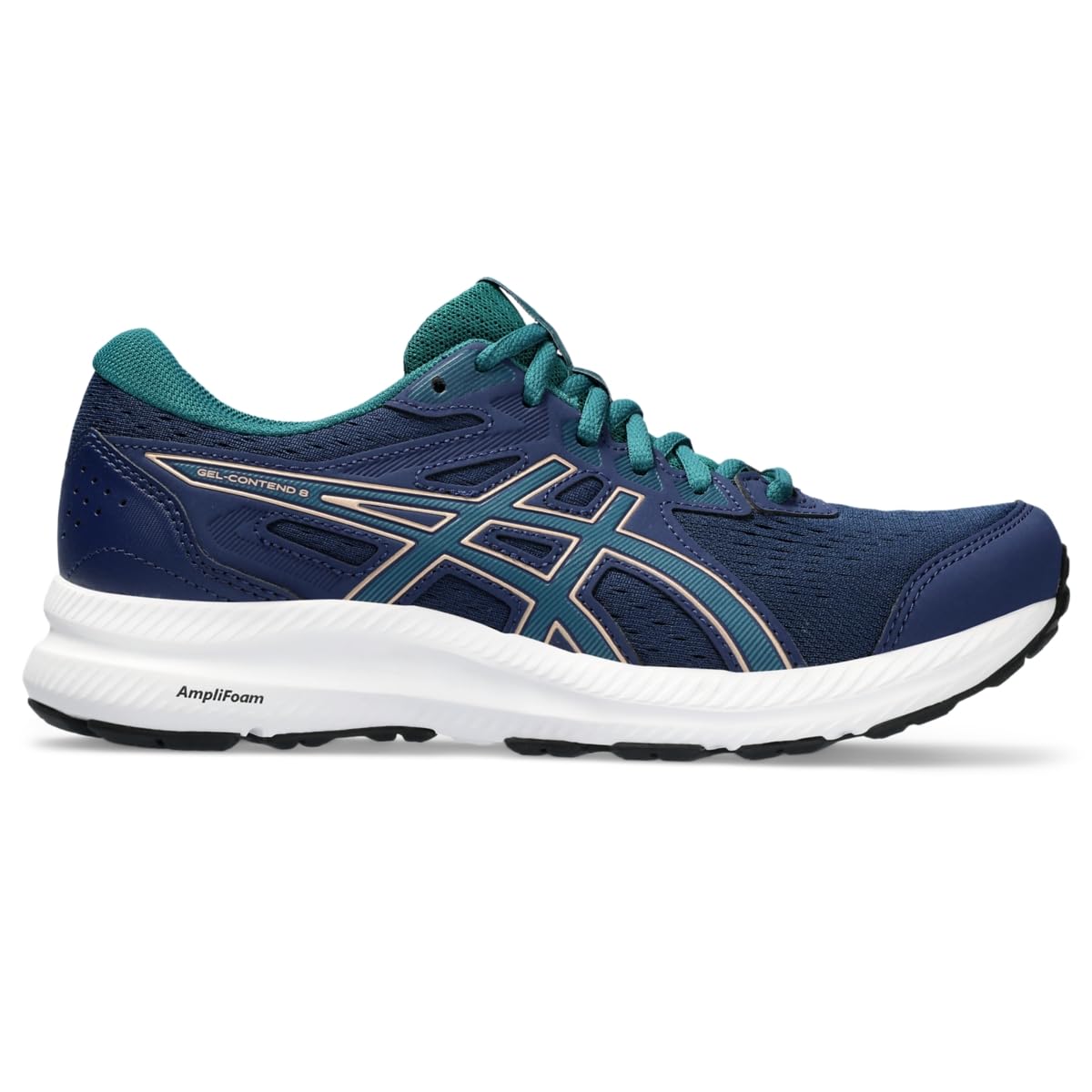
The ASICS Gel-Contend 8 running shoes offer excellent support and cushioning that can help reduce shin splint pain for runners and walkers alike.
Pros
- Rearfoot GEL technology absorbs impact
- Breathable mesh upper keeps feet cool
- OrthoLite sockliner provides extra comfort
Cons
- Sizing runs small for some users
- May need break-in time
- Limited color options in some sizes
The Gel-Contend 8 features ASICS’ signature GEL cushioning in the heel area. This technology helps absorb shock when your foot strikes the ground. For people with shin splints, this cushioning can make a big difference in reducing pain during walks or runs.
Breathability matters when you’re dealing with foot problems. The jacquard mesh upper on these shoes lets air flow freely around your feet, keeping them dry and comfortable even during longer workouts. The OrthoLite sockliner adds another layer of comfort while providing moisture management.
Flexibility is key for proper foot movement. The outsole has special flex grooves that allow your foot to move naturally through each step. This natural movement can help prevent strain on your shins. Many users with shin splints report feeling more stable in these shoes thanks to the synthetic overlays that improve support without adding bulk.
You’ll appreciate how lightweight these shoes feel for daily training. At just 1.44 pounds, they won’t weigh you down during workouts. The rubber sole provides good traction on various surfaces, making them versatile for both indoor and outdoor use.
Dr. Scholl’s Run Active Insoles
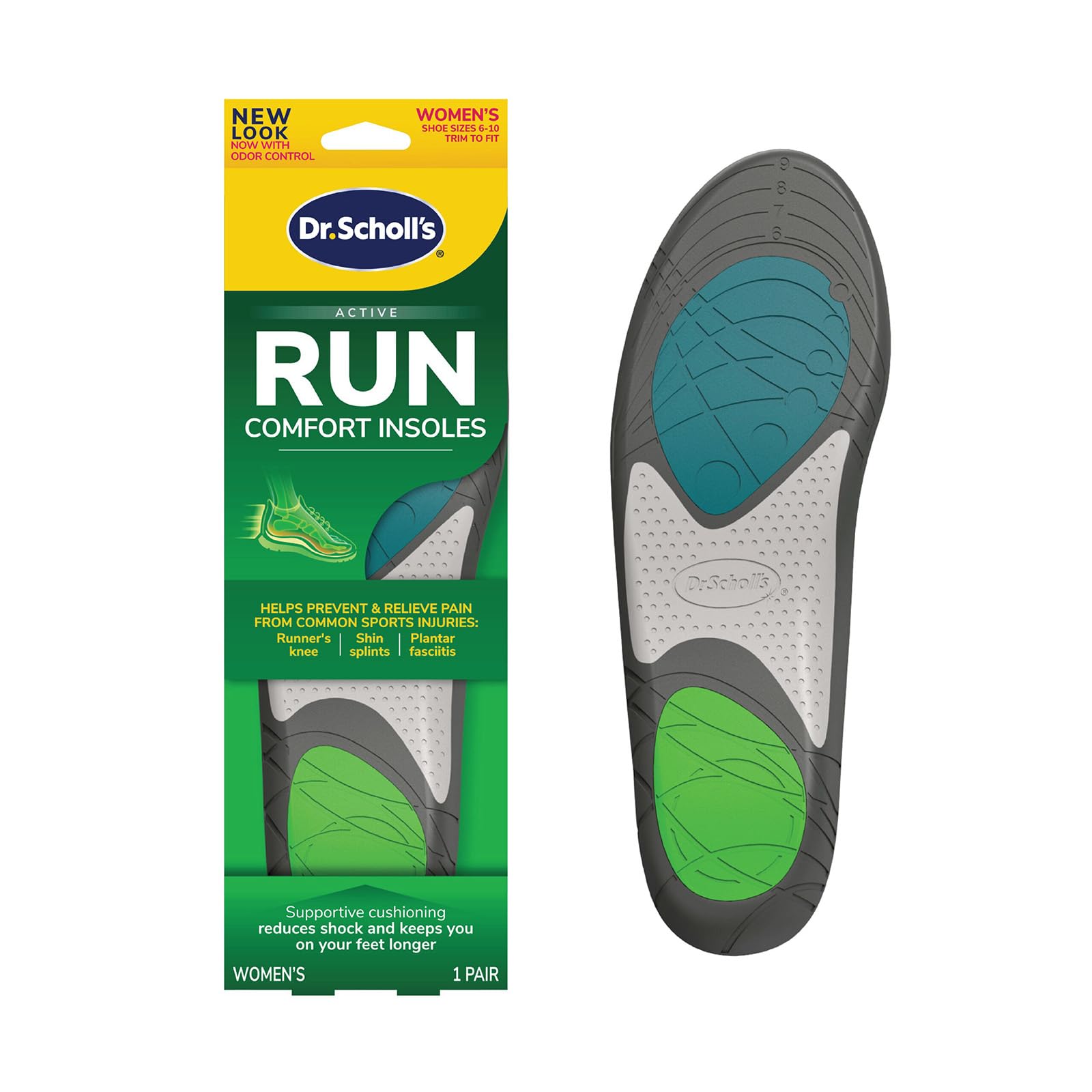
These supportive insoles offer excellent relief for shin splints at a fraction of the cost of custom orthotics.
Pros
- Targeted support for common running injuries including shin splints
- Three-zone design reduces shock during impact
- Odor-fighting technology keeps them fresh
Cons
- May not fit properly in all shoe sizes
- Need replacement every 3-4 months with daily use
- Some users find them too thick for certain shoes
Dr. Scholl’s Run Active Comfort Insoles can be a game-changer if you suffer from shin splints. The special heel-to-toe design works by absorbing shock when your foot hits the ground, helping to take stress off your shins during runs or long walks. Many users report feeling immediate relief from pain after switching to these insoles.
You can easily trim these inserts to fit your exact shoe size. The reinforced arch support improves how weight moves from landing to push-off, which is key for preventing shin pain. Unlike the flimsy insoles that come with most shoes, these provide substantial cushioning that doesn’t flatten out quickly.
The Polygiene StayFresh technology is a nice bonus feature. It fights odors naturally, so your shoes stay fresher longer. While some users mention these insoles feel bulky in certain shoes, most find them comfortable for daily use. At a much lower price than custom orthotics, they offer good value for anyone looking to manage shin splints without breaking the bank.
Fittest Pro Shin Splint Ice Pack
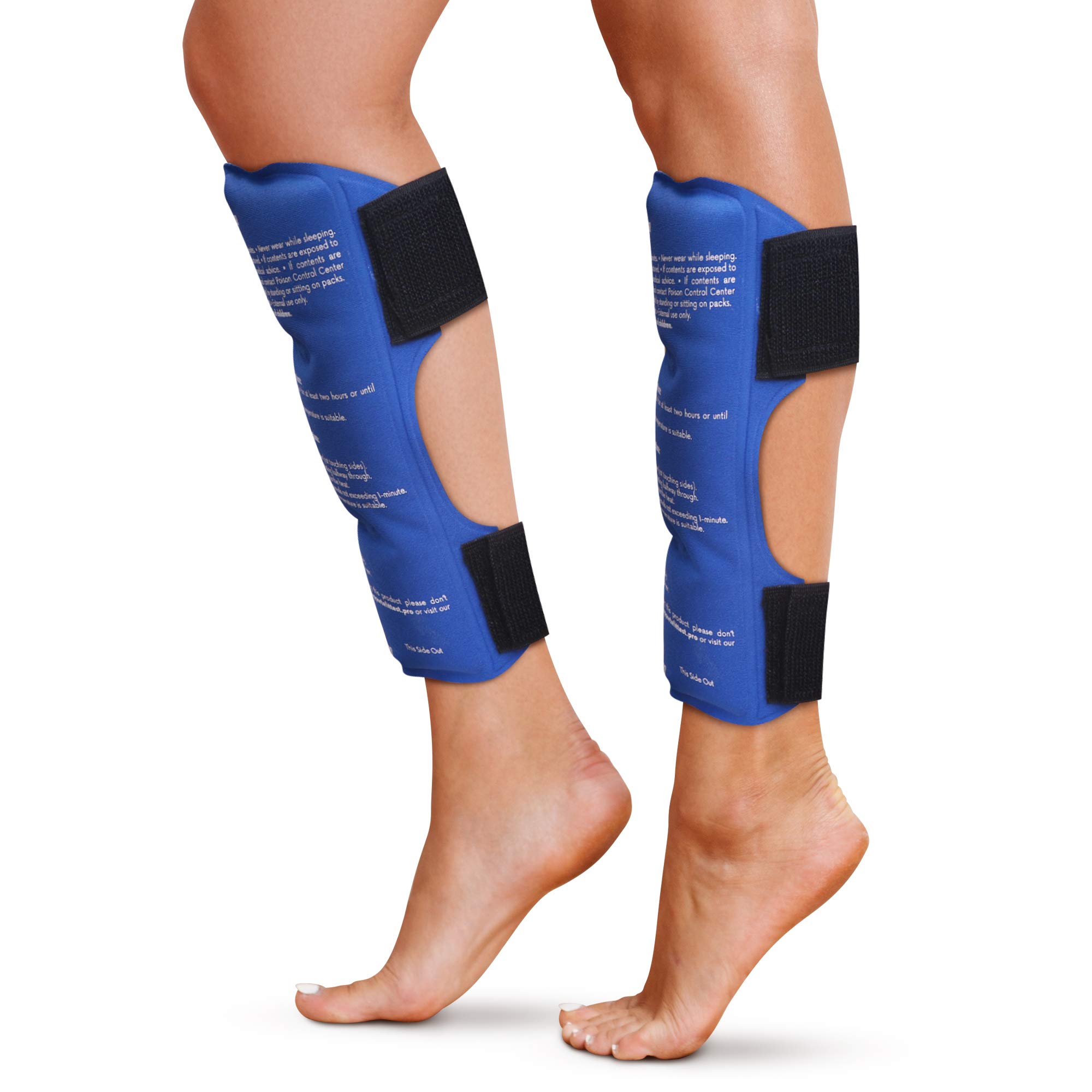
This reusable hot and cold therapy wrap offers excellent pain relief for shin splints with its flexible design and secure fit.
Pros
- Versatile for both heat and cold therapy
- Soft gel technology comfortable against skin
- Adjustable straps fit various body sizes
Cons
- Cold therapy lasts only 20-40 minutes
- Not true compression support
- Some units reported gel leakage issues
The Fittest Pro Shin Splint Ice Pack stands out with its dual-purpose design. You can freeze it for cooling relief or microwave it for soothing heat therapy. This flexibility makes it useful for different stages of injury recovery, giving you options based on what feels best for your shin splints.
What makes this pack different is its soft gel technology. Unlike hard plastic ice packs, this one feels comfortable against your skin. The adjustable hook and loop straps secure the pack firmly around your calves or shins without being too tight or loose, so you won’t need to constantly readjust it during treatment.
Many users find this pack helpful for various body parts beyond just shins. It works well for knees, shoulders, and thighs too. The pack comes as a set of two, allowing you to treat both legs at once or keep one frozen while using the other. For best results, most people recommend using it for 20-minute sessions, as the cooling effect typically begins to fade after that time.
Run Forever Compression Sleeves
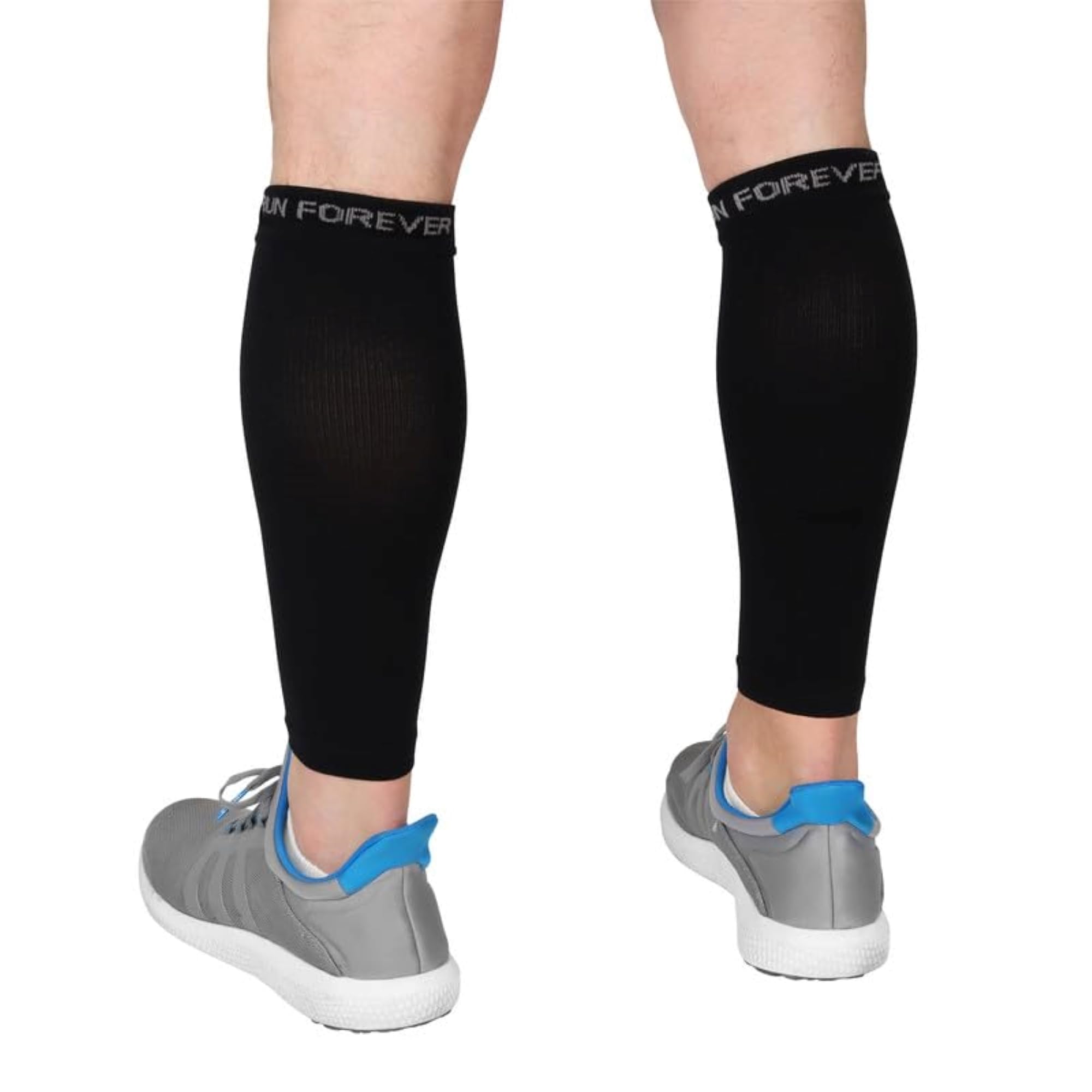
These calf compression sleeves offer professional-grade support for shin splint sufferers with true 20-30 mmHg compression that helps reduce pain while improving performance.
Pros
- Medical-grade 20-30 mmHg compression helps reduce shin pain
- Open-toe design allows for wear with regular socks
- Durable blend of nylon, polyester, and spandex
Cons
- Sizing may run larger than expected
- Can feel tight during first few uses
- May roll down during intense activities
These compression sleeves work differently than regular shoes. They target the exact area where shin splints occur and apply steady pressure to reduce pain. The 20-30 mmHg medical-grade compression increases blood flow to your calf muscles, which helps with recovery and prevents swelling during activity.
The open-toe design sets these apart from full compression socks. You can pair them with your favorite running shoes and regular socks without overheating your feet, making them more comfortable for long distances while still providing calf support.
Made with a blend of 60% nylon, 25% polyester, and 15% spandex, these sleeves stand up to frequent use. They’re machine washable and maintain their compression level even after multiple washes. The breathable fabric prevents overheating during runs or long shifts on your feet. With multiple sizes and colors available, you can find the right fit for your needs and style preferences.
Bodyprox Calf Support Brace
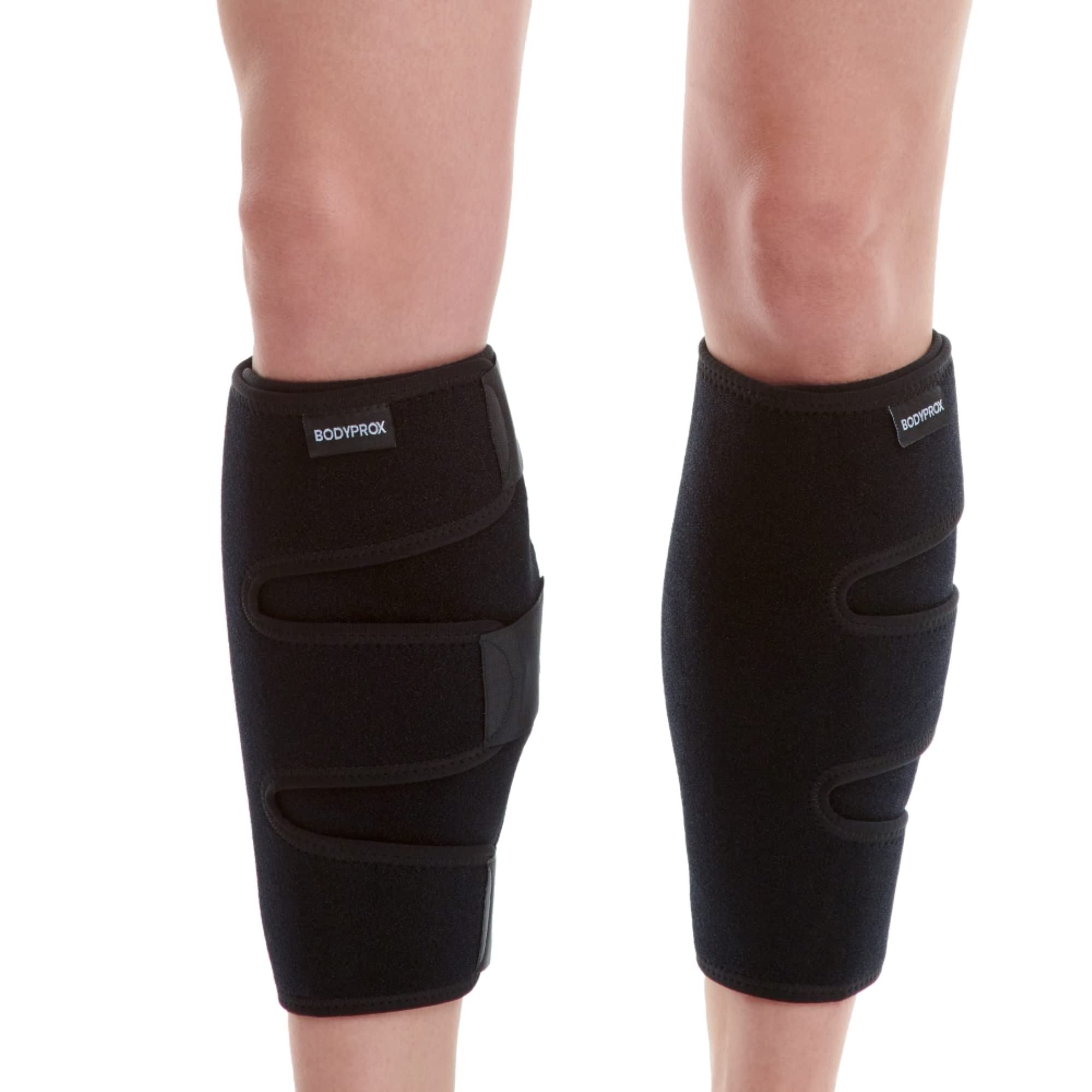
This adjustable shin splint compression wrap offers effective support and pain relief for anyone suffering from shin splints or calf injuries.
Pros
- Adjustable compression levels for personalized support
- One-size-fits-most design works for various leg sizes
- Can be worn over pants or directly on skin
Cons
- May slide down if not tightened properly
- Can cause sweating during extended wear
- Limited color options available
The Bodyprox Calf Support Brace comes in a pack of two, giving you good value for your money. These braces wrap around your lower leg to provide targeted compression where you need it most. The neoprene material offers warmth that increases blood flow to injured areas, which can speed up healing time for shin splints.
You’ll appreciate how easy these braces are to put on and take off. The strong velcro straps let you adjust the tightness to your comfort level. This feature is especially helpful if you need different levels of support throughout your recovery process. The braces fit either leg and work well for both men and women.
Many users with larger calves find these braces comfortable, unlike some one-size products that run small. The neoprene material is durable and maintains its shape even after many uses. While primarily designed for shin splints, these braces also help with sprains, strains, and general calf pain from athletics or everyday activities. For the price point, they offer practical support without breaking the bank.
BODYPROX Shin Splint Ice Pack
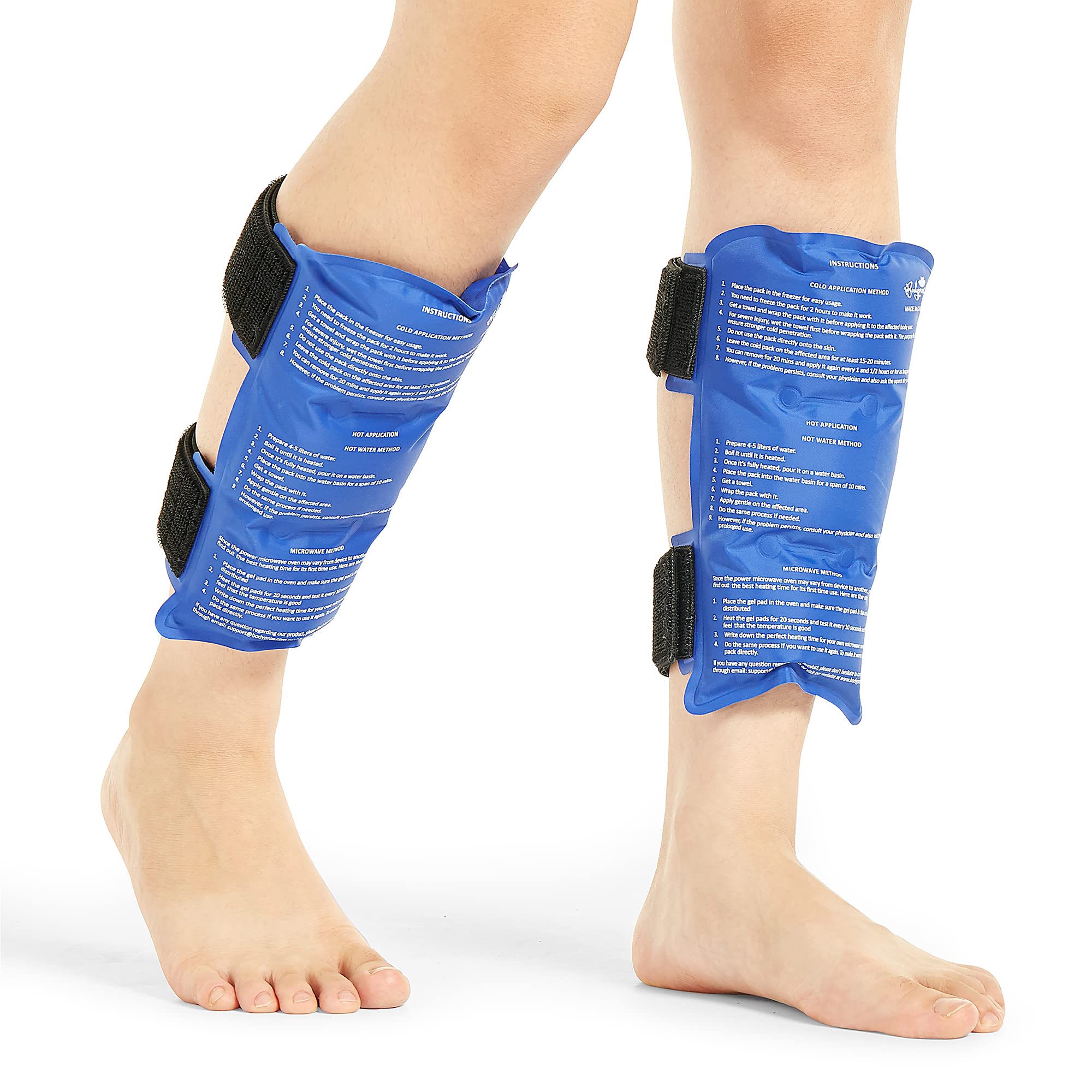
The BODYPROX Shin Splint Ice Pack is worth buying for anyone suffering from shin splints because it provides hands-free cold therapy with a secure wrap design.
Pros
- Stays in place with Velcro straps
- Can be used for both hot and cold therapy
- Flexible gel remains soft when frozen
Cons
- Cold relief lasts only 10-20 minutes
- May drip as ice melts
- Might not fit very large calves
The BODYPROX ice pack comes in a convenient two-pack that wraps around your lower legs. This design lets you move around while icing instead of sitting still holding an ice pack. You can use these packs right after running or training when your shins hurt the most.
These packs fit the natural shape of your leg with a wider top and narrower bottom. The soft gel inside stays flexible even when frozen, making it comfortable to wear. Many runners find these helpful for recovery after increasing their training intensity.
You can also use them for heat therapy by warming them up. Switching between hot and cold can help with exercise pain. The packs aren’t just for shin splints – they work for forearm pain, tennis elbow, and other similar injuries too. Remember to limit use to 15-20 minutes as recommended by health professionals.
WHITIN Zero Drop Running Shoes
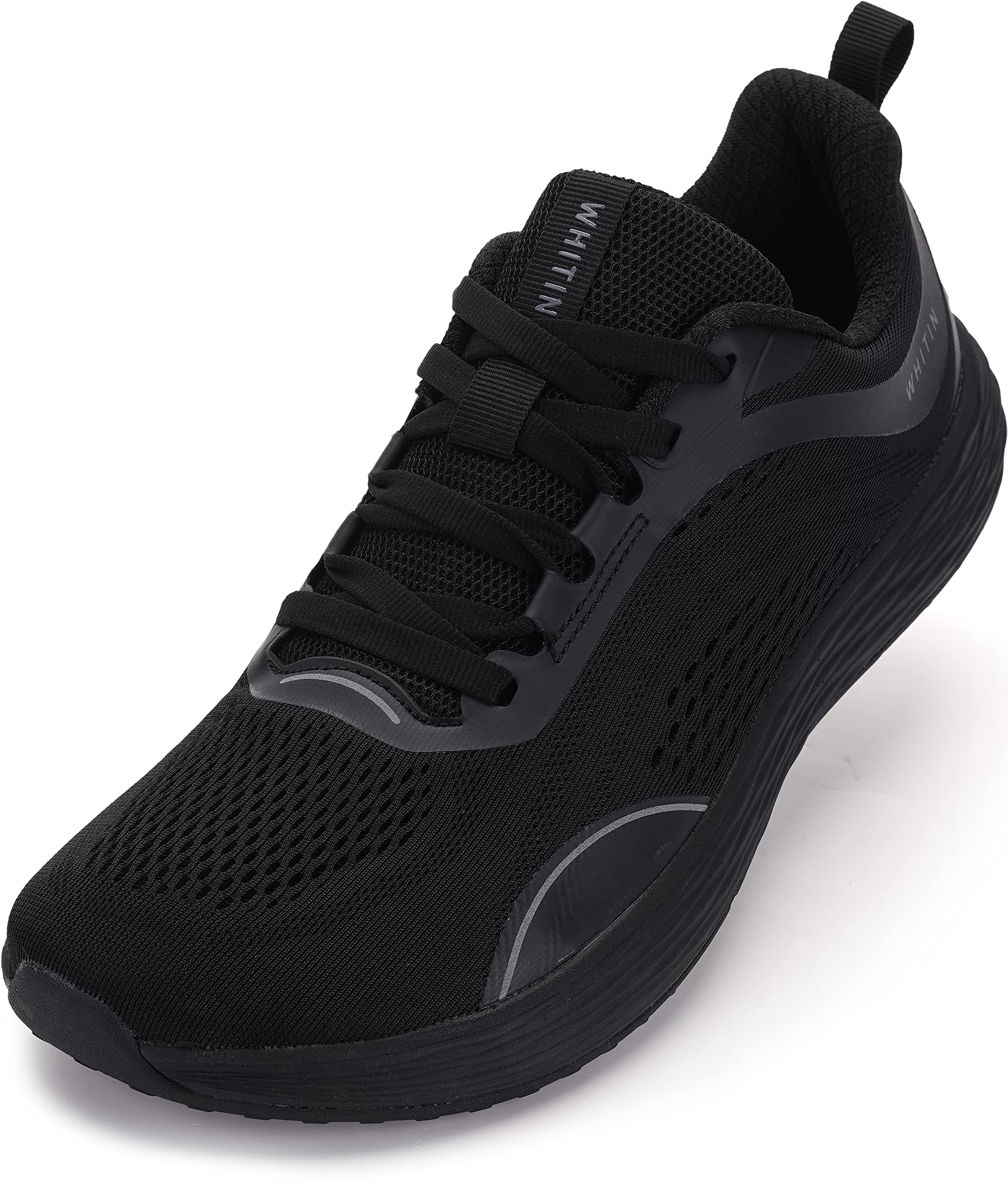
These shoes are an excellent choice for shin splint sufferers due to their zero drop design and wide toe box that promotes natural foot movement.
Pros
- Wide toe box allows toes to spread naturally
- Zero drop design helps with proper posture
- Breathable mesh upper for comfort
Cons
- Interior heel lining may rub uncomfortably
- Initial break-in period needed
- Less cushioning than traditional running shoes
The WHITIN Zero Drop Running Shoes combine foot-friendly features at an affordable price point. Their zero drop design keeps your foot level with the ground, which can help reduce stress on your shins. This natural positioning encourages proper alignment from your feet up through your legs and spine.
The wide toe box sets these shoes apart from typical running footwear. Your toes can spread naturally, improving balance and reducing pressure points that might contribute to shin pain. Many users with foot problems report significant comfort improvements after switching to these shoes.
Breathability isn’t overlooked with the mesh upper construction. Your feet stay cooler during workouts, which can help reduce swelling. The EVA midsole provides decent shock absorption without adding excessive weight, making these shoes versatile for various activities while supporting your recovery from shin splints.
These shoes strike a good balance between minimalist design and practical cushioning. The rubber outsole offers reliable traction on different surfaces. For those transitioning from traditional running shoes, start with short walks before progressing to longer distances to allow your feet to adjust to the zero drop design.
Dr. Scholl’s Running Insoles
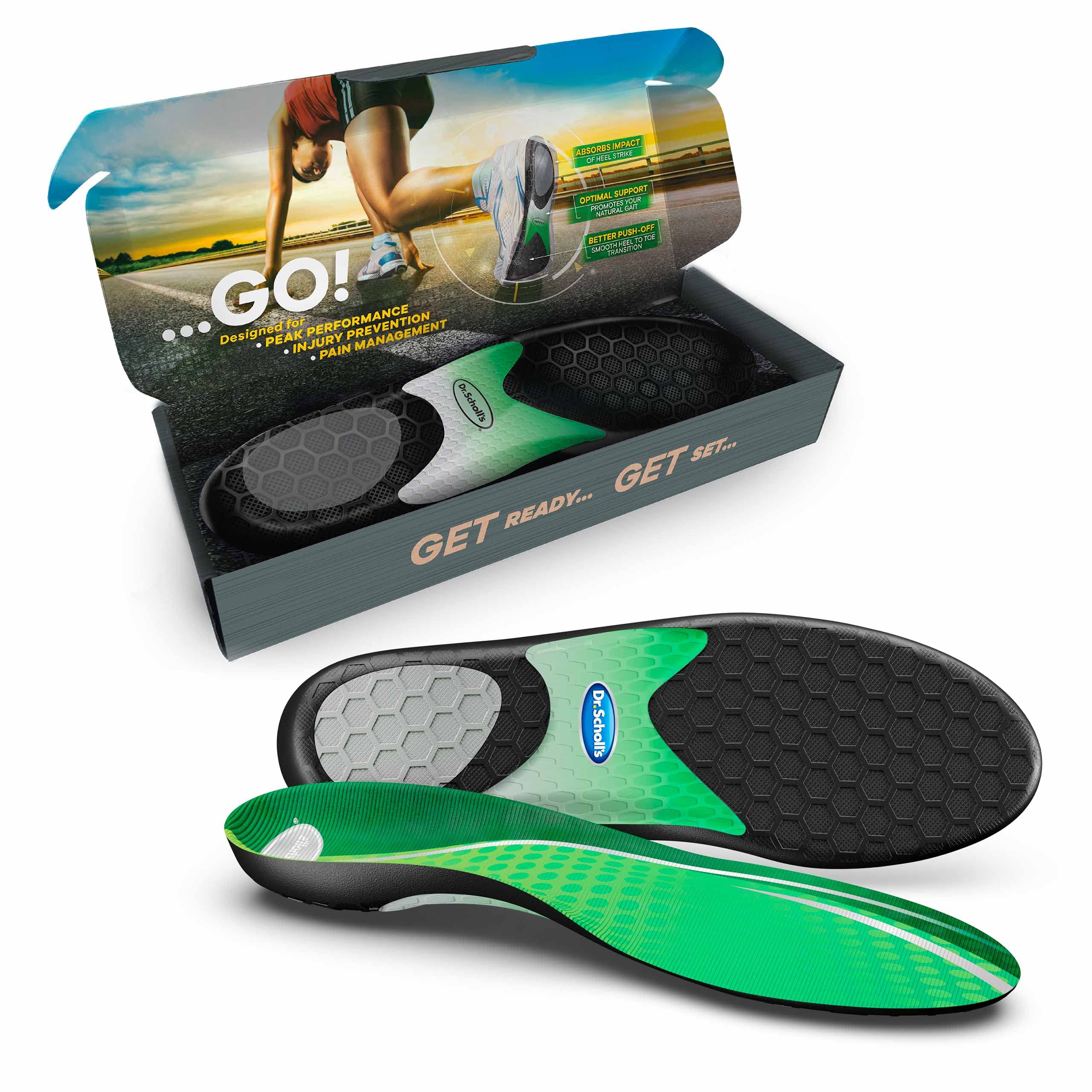
These specialized running insoles are worth buying for anyone suffering from shin splints due to their excellent shock absorption and precise arch support.
Pros
- Reduces shock impact by 40 percent
- Size-specific arch support for natural gait
- No trimming required – true to size
Cons
- May feel bulky in some shoes
- Higher price point than regular insoles
- Initial break-in period for some users
Dr. Scholl’s running insoles stand out with their ActivPerform Technology. This feature absorbs 40% of shock impact with each step. Your knees and feet get the protection they need during runs, potentially preventing shin splints from developing or worsening.
The size-specific arch design sets these insoles apart from one-size-fits-all options. You get tailored support that helps maintain proper alignment while running. This promotes a more natural gait and can help distribute pressure evenly from heel to toe through their dual-layer cushioning system.
Metatarsal support padding addresses common runner complaints like hot spots and numbness. This feature helps reduce nerve compression that often happens during longer runs. Many users with plantar fasciitis, shin splints, and knee pain report significant improvement after switching to these insoles. They fit perfectly without requiring any trimming, making them ready to use right out of the package.
BLITZU Calf Compression Sleeves
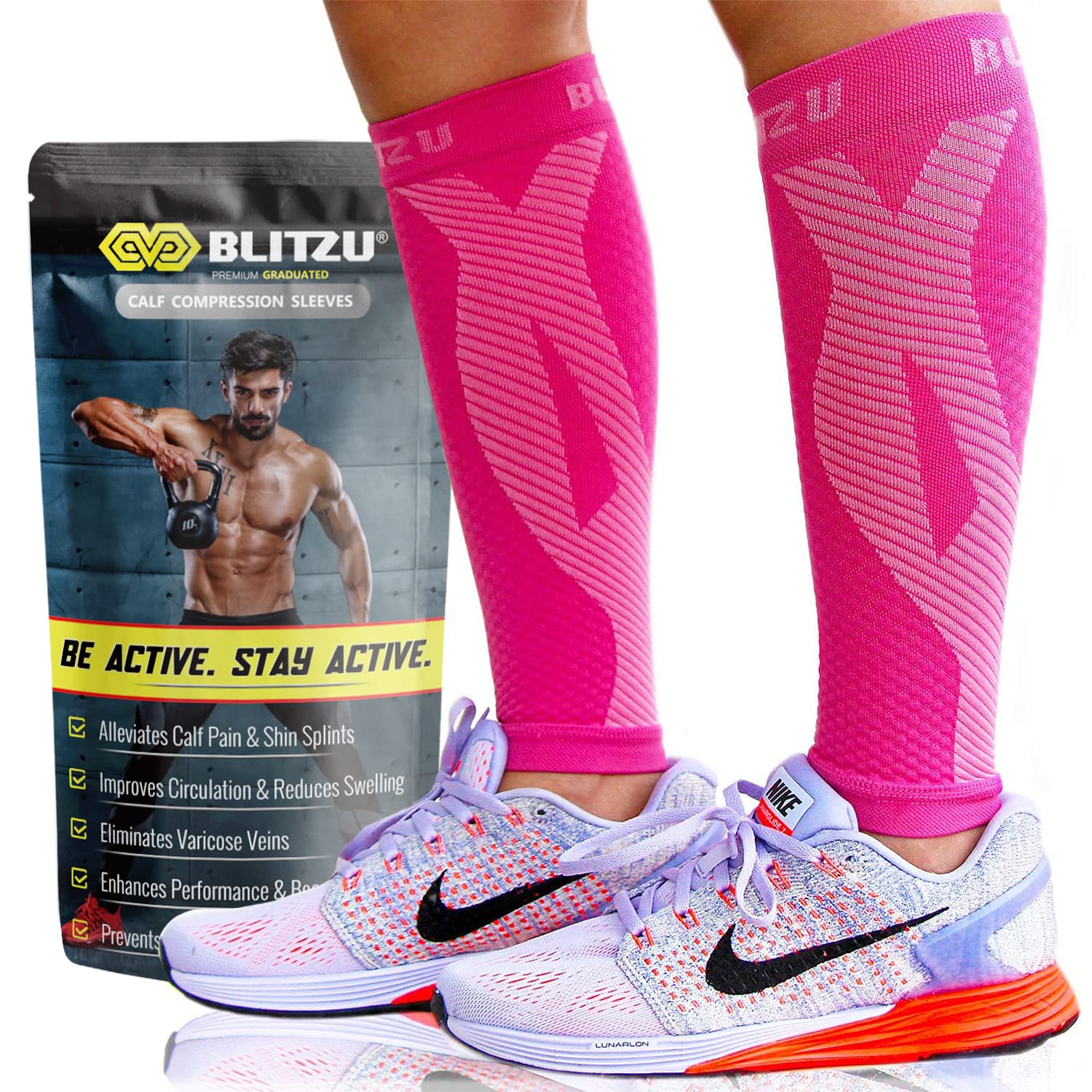
These compression sleeves offer effective relief for shin splints with their patented kinesiology strips and graduated compression design.
Pros
- Patented kinesiology strips target pain points
- Breathable fabric stays comfortable all day
- Graduated compression improves circulation
Cons
- Sizing can be tricky between ranges
- May roll down during intense activity
- Limited color options in some sizes
The BLITZU Calf Compression Sleeves stand out with their unique approach to shin splint relief. Unlike regular compression gear, these sleeves use special kinesiology strips developed in New York. This design helps support your muscles better while you move.
Made from a blend of 85% nylon and 15% spandex, these sleeves feel soft against your skin. The breathable fabric keeps your legs dry even during long workouts or full days on your feet. Many users who work in retail or healthcare find these helpful for those long shifts on hard floors.
The graduated compression technology makes these sleeves effective for more than just shin splints. You’ll notice improved blood flow that can reduce swelling and speed up muscle recovery. For runners, this means you can train harder with less downtime between sessions. The sleeves are also helpful during pregnancy or for anyone dealing with varicose veins.
Putting them on is simple, but getting the right size matters. Measure the thickest part of your calf and check the sizing chart carefully. If you’re between sizes, go up for comfort or down for tighter compression. The footless design works well with any shoes, making them a versatile addition to your workout gear.
PowerStep UltraFlexx Foot Rocker
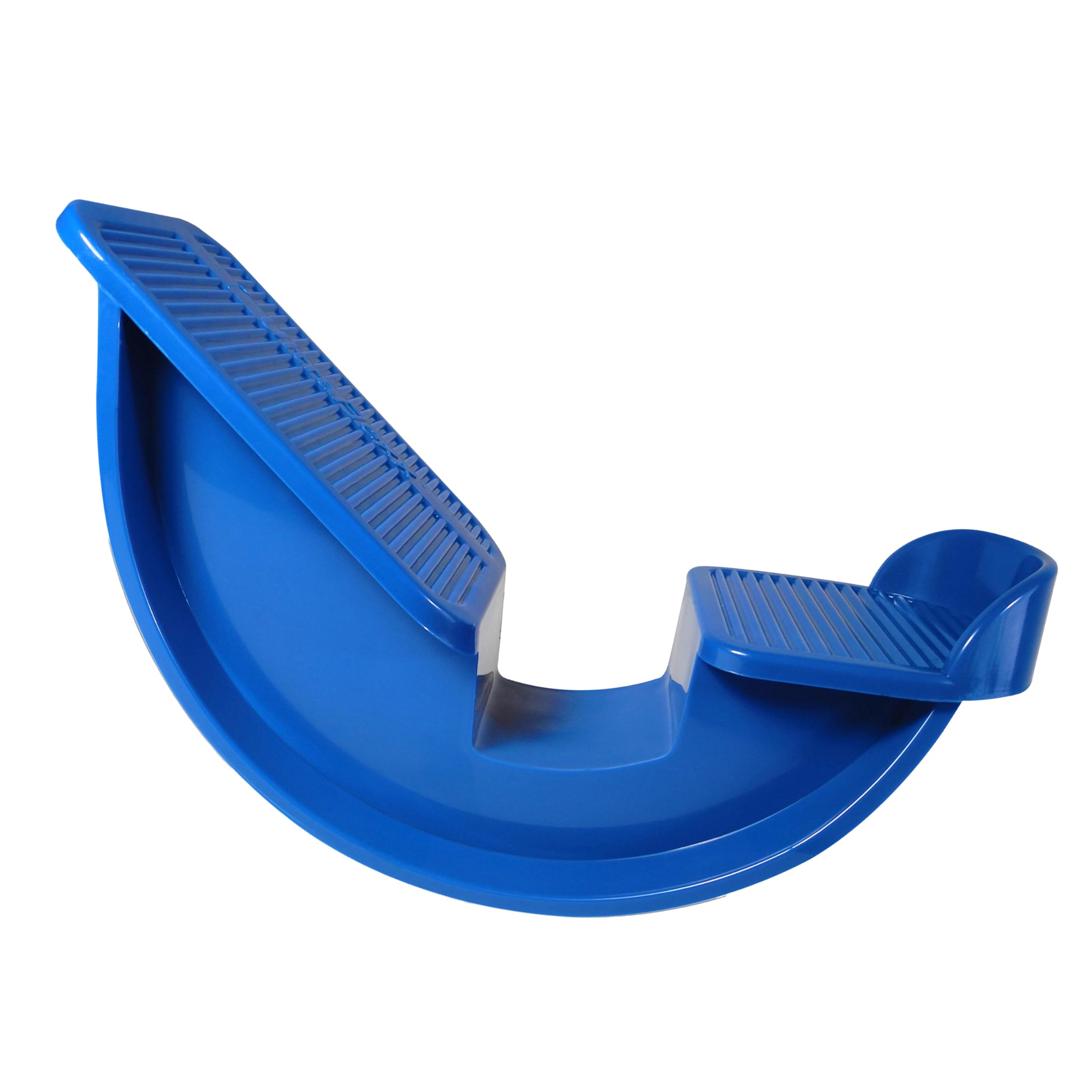
The PowerStep UltraFlexx Foot Rocker is a must-have tool for anyone suffering from shin splints, offering effective stretching that targets key lower leg muscles for pain relief.
Pros
- Provides deeper stretching than manual methods
- Non-skid bottom keeps you stable during use
- Works for multiple lower leg conditions, not just shin splints
Cons
- Requires wearing sturdy athletic shoes
- Some users may find the stretch intensity too strong
- Takes consistent use to see significant results
This simple but effective device helps you stretch and strengthen the muscles in your feet and lower legs. The UltraFlexx holds your foot at the perfect angle to target problem areas that cause shin splints. Many users find it gives a much deeper stretch than they can achieve on their own.
The rocker’s design focuses on proper positioning to treat several common foot and leg problems. Besides shin splints, it helps with plantar fasciitis, Achilles tendonitis, and tight calf muscles. Its non-skid bottom keeps it from sliding on floor surfaces while you use it.
You can easily incorporate this stretching tool into your daily routine. Just a few minutes a day while watching TV or taking a break from work can make a difference. For best results, wear sturdy athletic shoes as recommended by the manufacturer. The blue rocker is compact enough to store away when not in use.
ASICS GEL-Excite 10 Sneaker
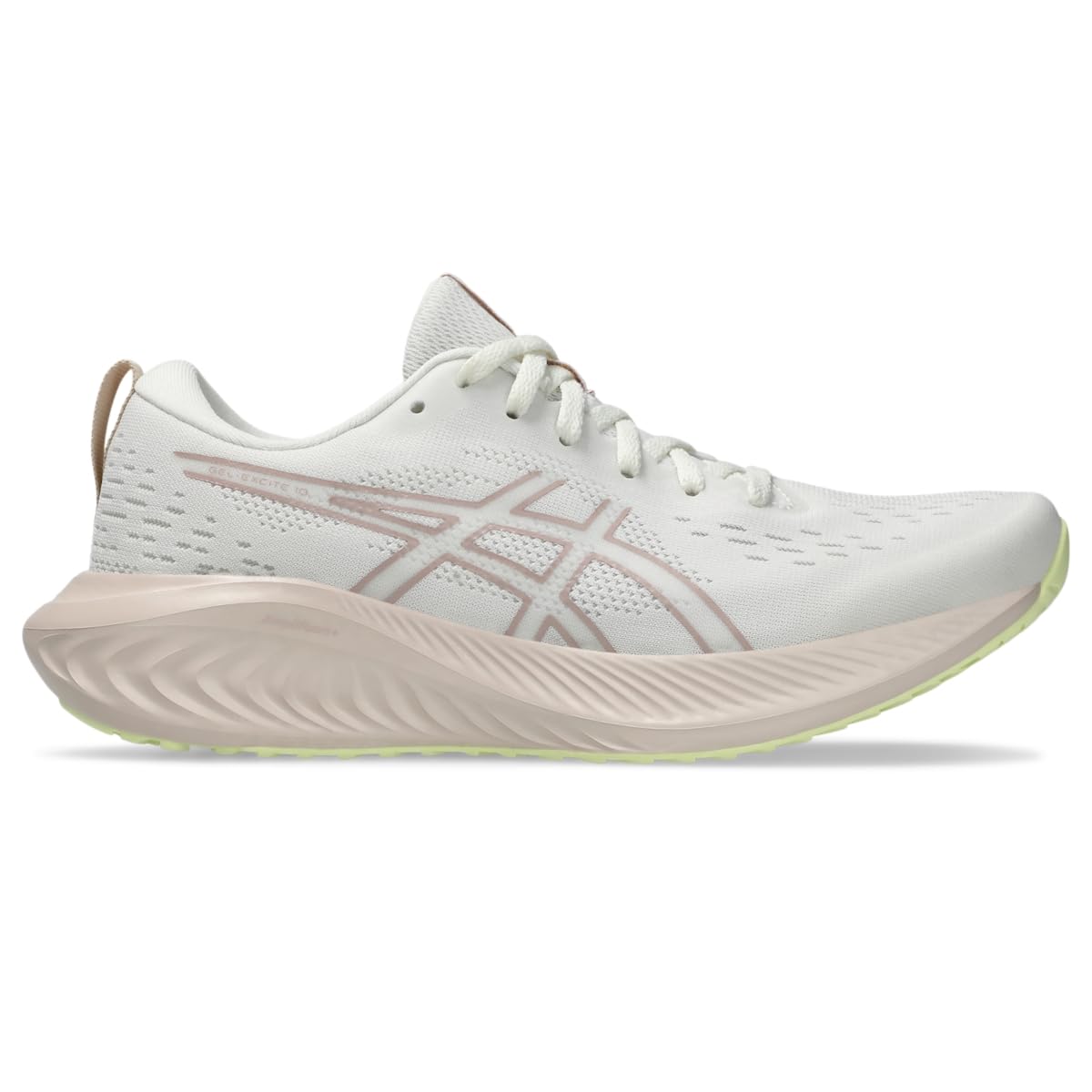
The ASICS GEL-Excite 10 offers excellent support and cushioning for shin splint sufferers with its advanced impact absorption technology.
Pros
- GEL technology absorbs impact to reduce shin pain
- OrthoLite sockliner provides exceptional comfort
- Breathable mesh upper prevents foot overheating
Cons
- Higher price point than basic running shoes
- May feel bulky for some runners
- Limited color options in certain sizes
These sneakers feature special rearfoot GEL technology that helps absorb impact when your foot hits the ground. This is key for people with shin splints since it reduces the force traveling up your legs. The cushioning works to ease pain and prevent further injury.
The AMPLIFOAM PLUS midsole creates a softer landing with each step. Many shin splint sufferers need this extra padding to run or walk comfortably. The shoes also include GUIDANCE LINE technology for a more consistent stride, which helps correct running form that might contribute to shin pain.
Breathability matters when choosing shoes for shin splints. The engineered jacquard mesh upper lets air flow through while feeling soft against your foot. A removable OrthoLite sockliner adds another layer of comfort and can be replaced with custom orthotics if needed. With a strong 4.7-star rating from over 200 users, these sneakers provide reliable support for shin splint recovery.
VALSOLE Heavy Duty Orthotics
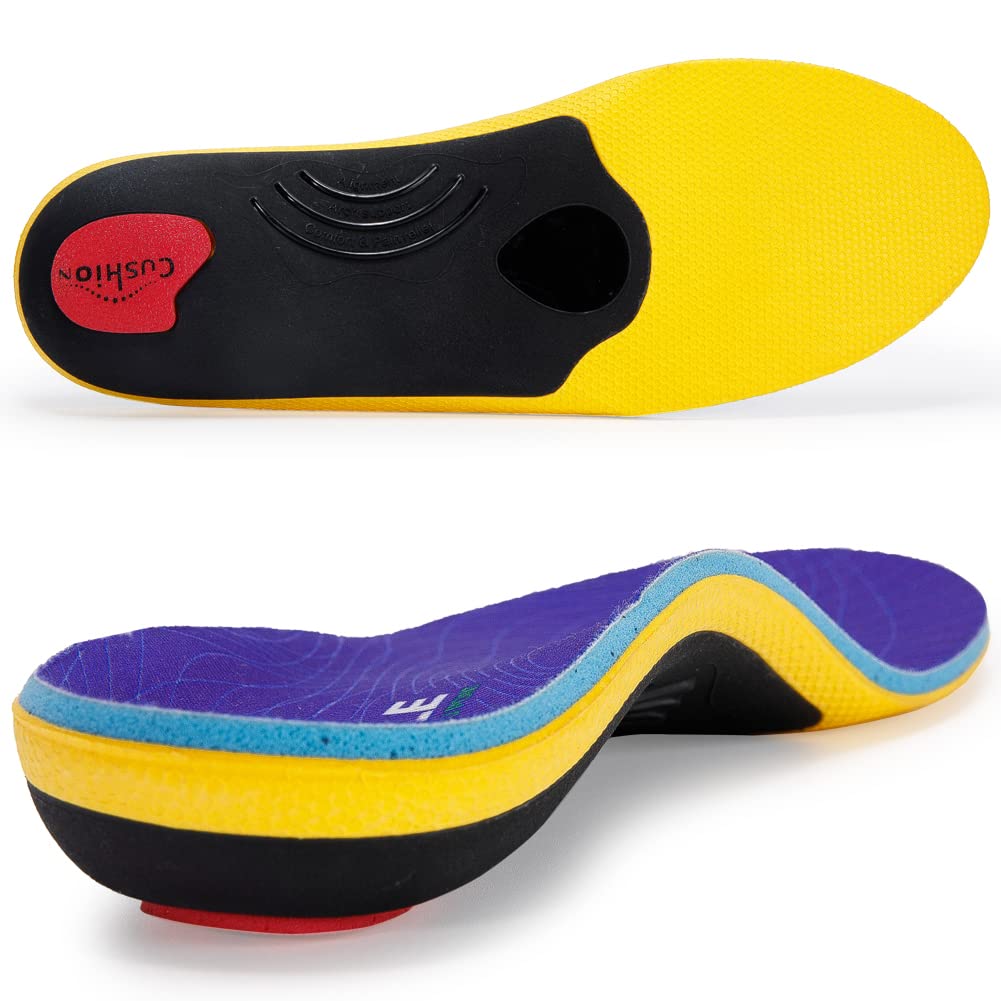
These high-arch support insoles provide excellent pain relief for shin splints with strong support for heavier individuals over 220 pounds.
Pros
- Exceptional arch support for flat feet and plantar fasciitis
- Deep heel cup design improves stability
- Shock-absorbing Poron heel pad reduces impact
Cons
- May feel too rigid for some users
- Requires break-in period
- Might be too bulky for dress shoes
VALSOLE orthotics stand out with their heavy-duty support system. The rigid arch design helps align your feet properly, taking pressure off your shins. This makes them ideal if you struggle with shin splints or other foot pain.
The deep heel cup cradles your foot and adds stability with each step. Many users who stand all day report less fatigue in their legs and feet. You can trim these insoles to fit most footwear including work boots, running shoes, and hiking boots.
Shock absorption is a key feature for shin splint sufferers. The Poron material in the heel absorbs impact when your foot strikes the ground. This technology helps distribute weight evenly and reduces strain on your legs. For people weighing over 220 pounds, these insoles provide the extra support needed for daily activities.
Brooks Ghost 16 Running Shoes
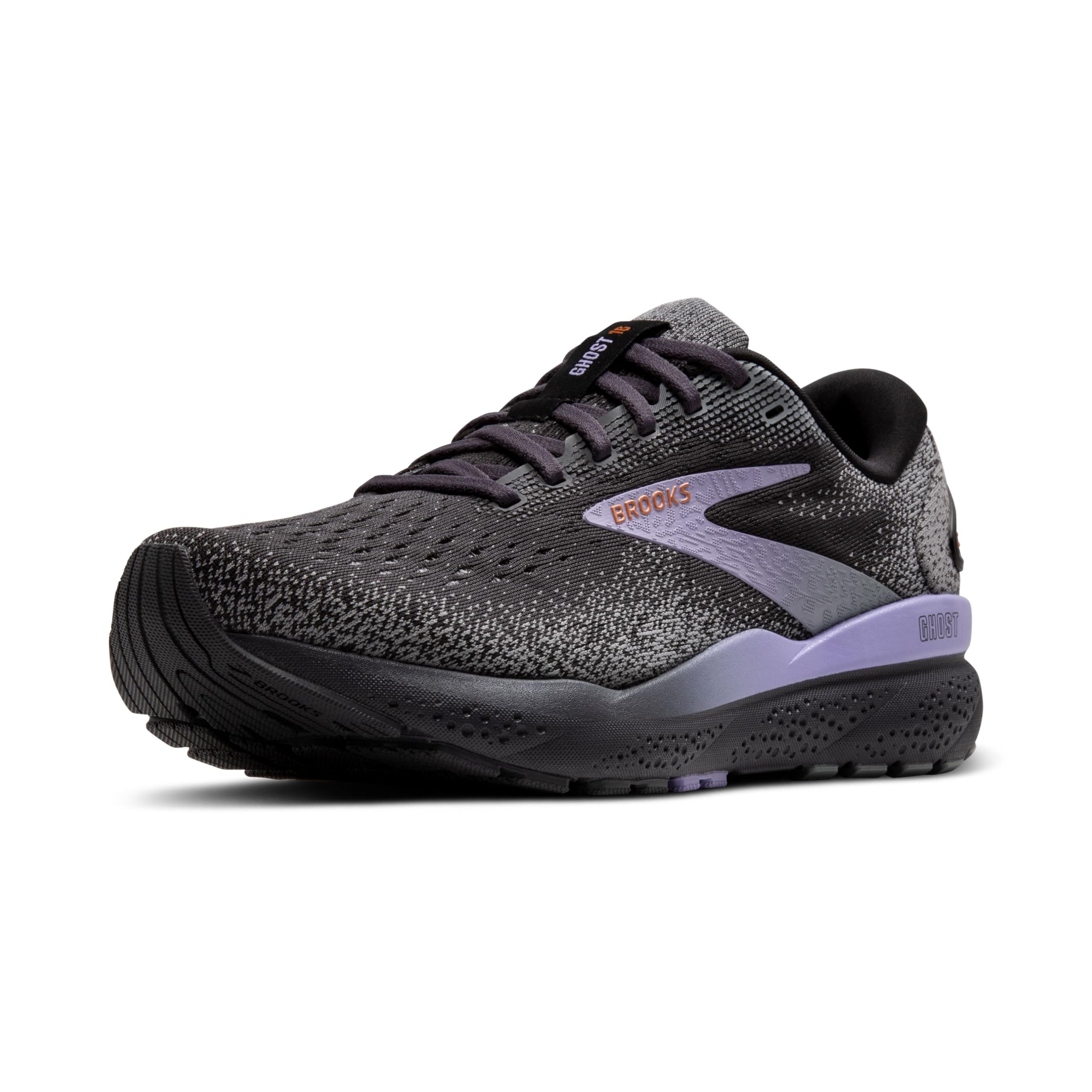
The Brooks Ghost 16 offers excellent cushioning and support that makes it an ideal choice for runners suffering from shin splints.
Pros
- Soft, nitrogen-infused DNA Loft v3 cushioning reduces impact
- Segmented Crash Pad promotes smooth transitions
- PDAC A5500 Diabetic shoe certified with APMA Seal of Acceptance
Cons
- Some users report sizing runs small
- Higher price point than some competitors
- White versions may require extra cleaning for outdoor use
The Brooks Ghost 16 running shoes stand out for their comfort-focused design. They feature nitrogen-infused DNA Loft v3 cushioning that absorbs shock with each step. This cushioning system is key for shin splint sufferers because it reduces the impact forces that can trigger pain.
What sets these shoes apart is their Segmented Crash Pad technology. It creates a smoother transition from heel to toe, which helps distribute pressure more evenly across your foot. Many users with foot problems praise these shoes for their balanced support that doesn’t feel too firm or too soft.
The breathable mesh upper keeps your feet cool during long runs. Brooks added recycled materials in the RoadTack rubber outsole, which offers good grip without adding unnecessary weight. The Ghost 16 has earned both PDAC A5500 Diabetic certification and the APMA Seal of Acceptance, showing its value for people with foot conditions.
ASICS Gel-Venture 9
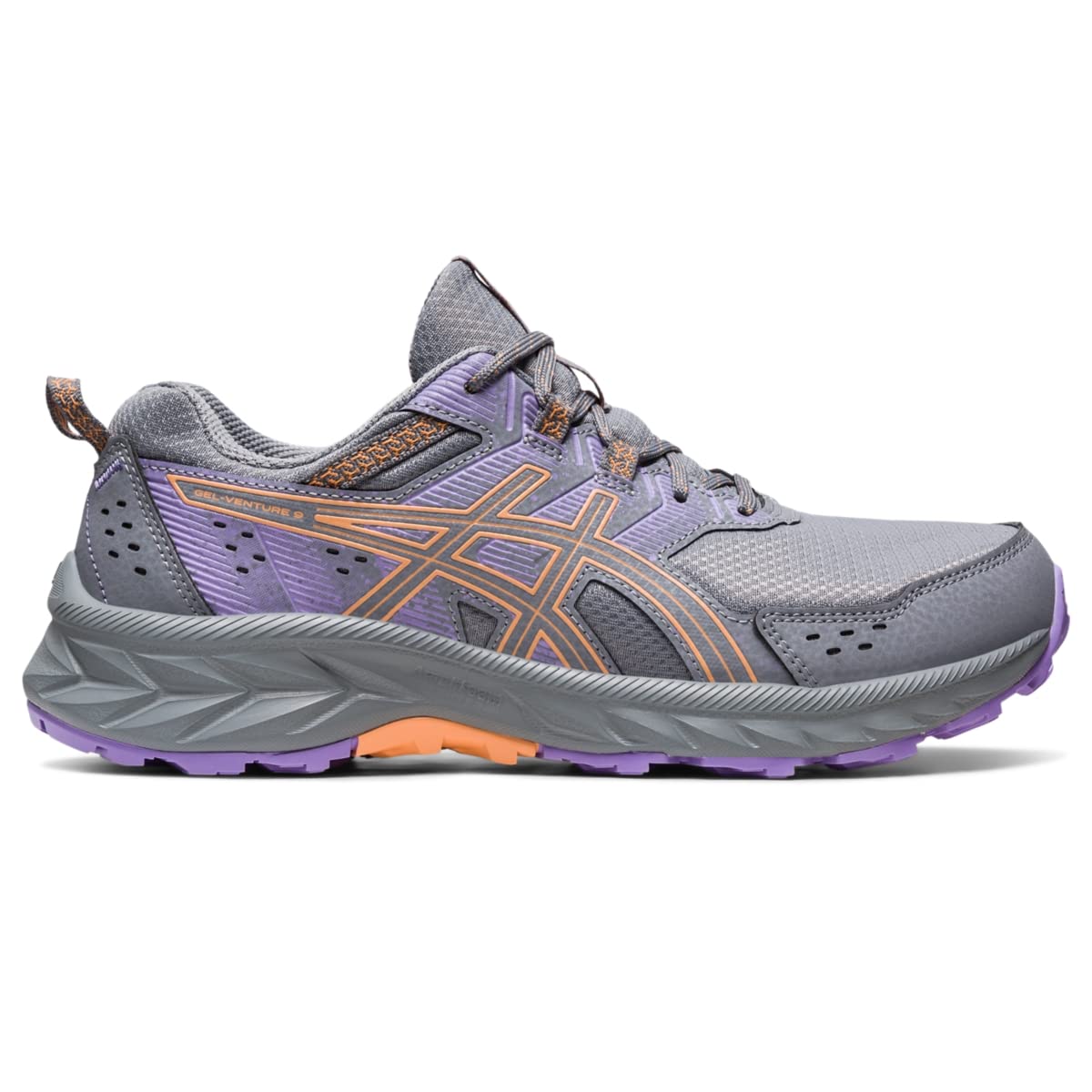
The ASICS Gel-Venture 9 is a top choice for shin splint sufferers due to its excellent impact absorption and supportive cushioning.
Pros
- Rearfoot GEL technology absorbs impact where shin splint sufferers need it most
- AMPLIFOAM cushioning provides extra support for long walks or runs
- Breathable mesh upper keeps feet cool during workouts
Cons
- Some users report discomfort after very long periods of wear
- Limited color options in some sizes
- Slightly heavier than other running shoes at 1.44 pounds
These running shoes stand out for people with shin splints thanks to their specialized cushioning. The Rearfoot GEL technology works to reduce impact when your foot strikes the ground. This feature is key for anyone dealing with shin pain, as it lessens the shock that travels up your legs.
The AMPLIFOAM cushioning adds another layer of support that helps distribute pressure evenly. Your feet will thank you after long walks or runs. Many users with shin issues note that these shoes help them stay active without worsening their condition.
Breathability matters when you’re working out, and the mesh upper delivers on this front. Your feet stay cooler and drier, which helps prevent irritation during exercise. The trail-specific outsole gives you good grip on different surfaces, making these shoes versatile for both city sidewalks and light trails.
What makes these shoes special is their balance of support and comfort. With a 4.4-star rating from over 4,600 reviewers, many users praise how they feel right out of the box. The eco-friendly sockliner is a nice bonus, using a dyeing process that reduces water usage and carbon emissions compared to conventional methods.
JSHshield Arch Support Insoles
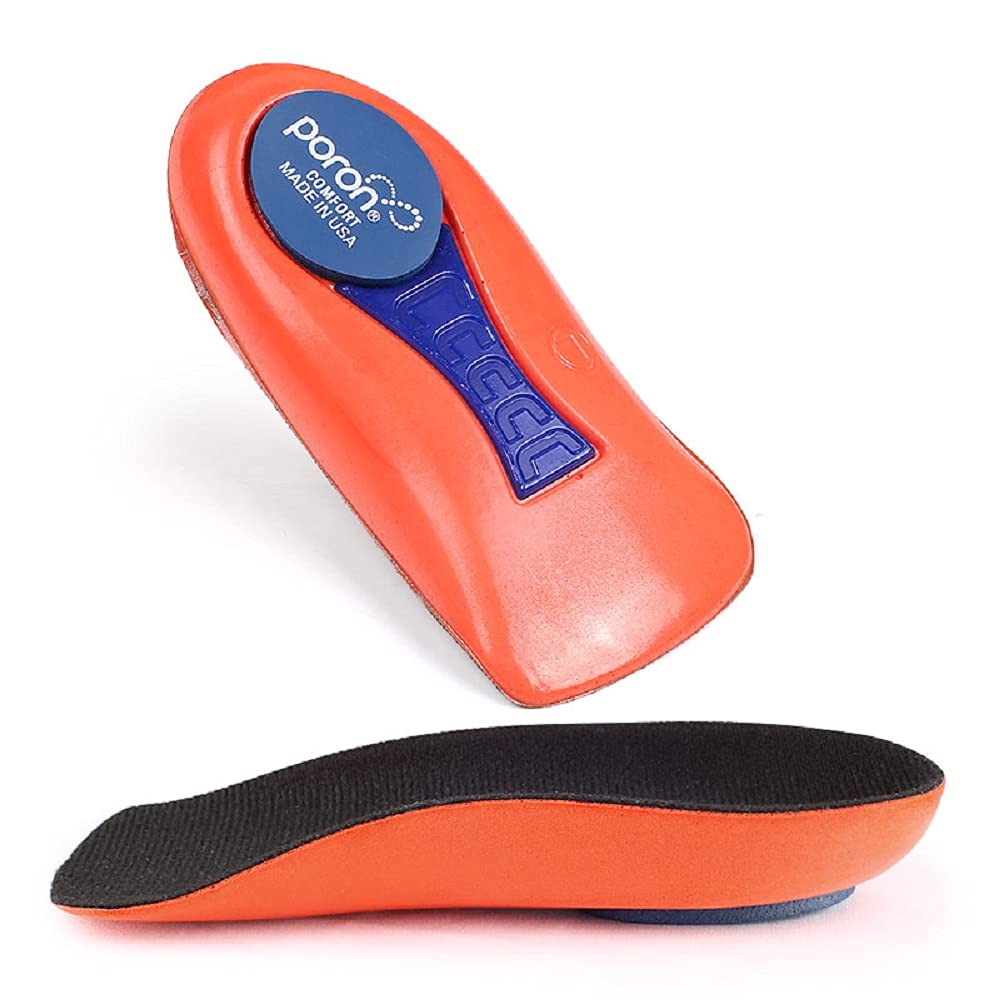
These 3/4 length orthotic insoles offer good arch support for shin splints, though you should consider the adjustment period before buying.
Pros
- Deep heel cup enhances stability
- Works with multiple shoe types
- Made with soft, breathable materials
Cons
- Requires gradual adjustment period
- May feel too firm initially
- Limited customer feedback available
The JSHshield insoles feature a 3/4 length design specifically made to help with shin splints, plantar fasciitis, and other foot problems. They have a strong arch support measuring 26mm in height. This design helps correct abnormal walking patterns that often cause leg pain.
You’ll notice the deep heel cup that wraps around your foot to improve stability. This feature helps position your foot correctly, which can fix alignment issues that lead to shin splints. The high-density foam and Poron material absorb shock when you walk or run, reducing the impact on your shins and feet.
One advantage of these insoles is their versatility. You can easily move them between different types of shoes including sports shoes, hiking boots, and casual footwear. The manufacturer does warn about an adjustment period of 3-7 days, so start by wearing them for just 2-3 hours daily and gradually increase time.
Buying Guide
When buying shoes for shin splints, focus on proper support and cushioning.
Cushioning
Look for shoes with good midsole cushioning. The right amount of padding helps absorb shock when your foot hits the ground.
| Cushioning Level | Best For |
|---|---|
| Maximum | Severe shin splints, heavier runners |
| Moderate | Most shin splint sufferers |
| Minimal | Not recommended for shin splints |
Stability Features
Stability helps control excess motion that can worsen shin splints. Check if the shoes have:
- Firm heel counters to limit heel movement
- Supportive arch design
- Structured midsoles
Proper Fit
Your shoes should fit well without being too tight or loose. Leave about a thumb’s width of space between your longest toe and the shoe’s end.
Try shoes on in the afternoon when your feet are slightly larger. Walk or jog around the store to test comfort.
Shoe Weight
Lighter shoes put less strain on your legs but may offer less cushioning. Balance weight with the protection you need.
Flexibility
Bend the shoe to check its flexibility. You want some resistance but not complete rigidity. The shoe should bend at the ball of the foot, not in the middle.
Remember to replace your shoes every 300-500 miles as worn cushioning can worsen shin splints.

